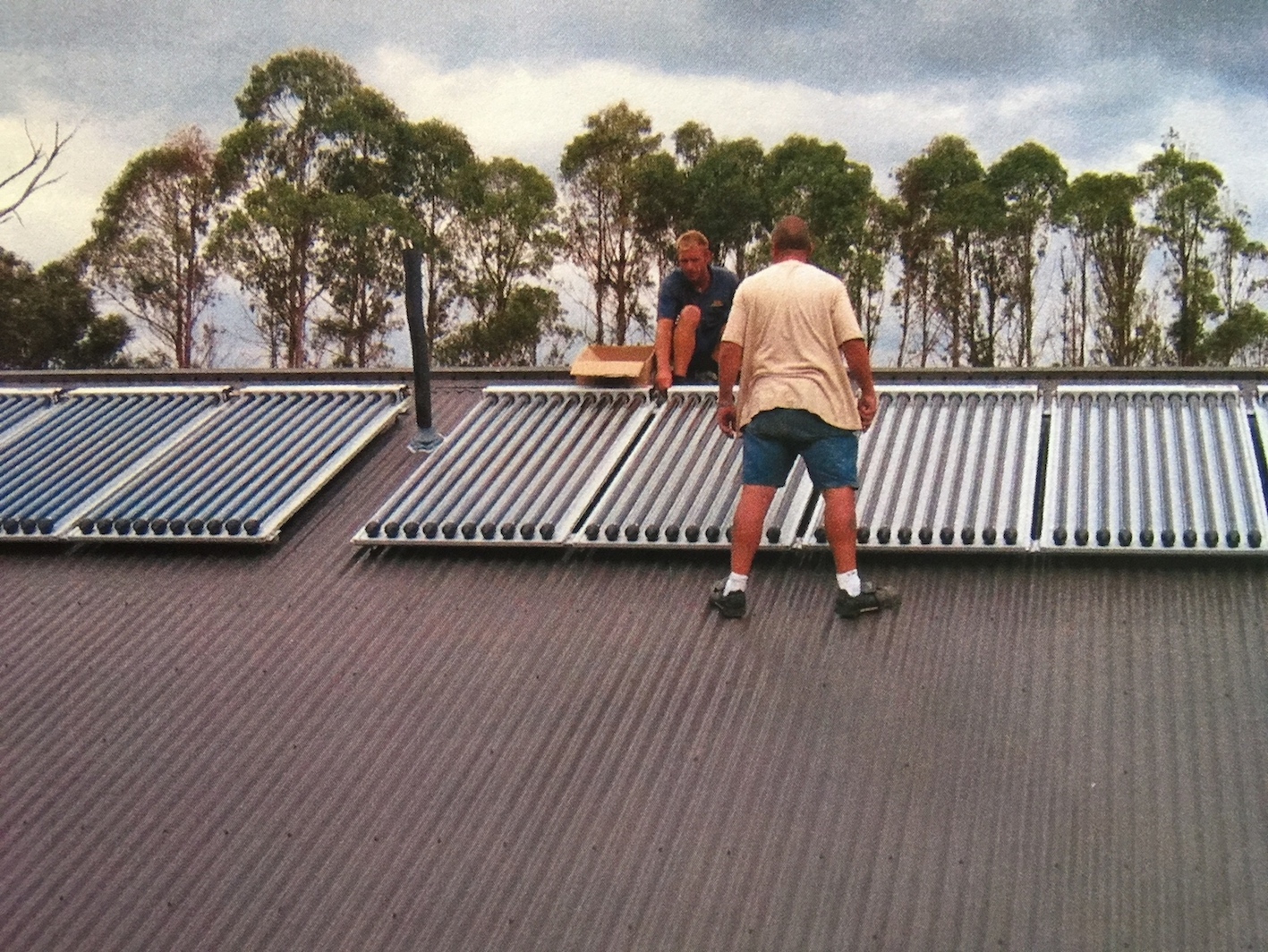
When Joy and Paul Quilter were invited to a friend’s wedding several years ago, they had no idea it would be the beginning of a seven year journey to build the largest straw bale home in the southern hemisphere on their rural block in New Zealand.

Music is in Joy and Paul Quilter’s blood.
The entrepreneurial couple from Hamilton in New Zealand’s north island started their hi-fi equipment business, The Listening Post, in 1976, eventually growing it to a small chain of stores before selling up and establishing their own audio and home theatre import company.
They also enjoy a semi-rural lifestyle on 7 lush acres in Hamilton on which they previously lived in a traditional brick home and run a few head of Dexter cattle. However, the Quilters had bigger plans for their property, wanting to create a home and business base in one, but just weren’t sure how it would look.
It was at a friend’s wedding on a fine, but bitterly cold New Zealand autumn day several years ago, that they came across the style of home that was the inspiration for their new home that combines a two storey residential space with two showrooms, a board room, warehousing space and two bed and breakfast units.
“Our friend’s wedding was at their home and when we entered we were struck by how quiet and peaceful it felt, despite a group of over 20 people loudly chatting over wines and the floors being tiles,” explains Paul. “With our business being music, we were immediately noticed and were impressed by the acoustics, there was almost zero reverberation and echo.”

The couple asked the home’s owner why it sounded so different, to be told it was straw bale construction with a lime render which was environmentally friendly as well as being very thermally efficient.
“We were struck by how warm the house was, how deep the windowsills were and, from that day on we kept recalling how great the ‘feel’ of the house was,” says Joy. “The warmth it provided on that cold day really was incredible.”
“The owner explained how thermally efficient straw bale is, especially when those very cold southerlies swept up the valley!” adds Paul. “I was sold, and the more time I spent looking at the details and getting a feel for the house, the more convinced I became that this was not only an environmentally friendly way to build, but was going to give us the warmth we needed.”
“The rounded sills and corners of walls, the feeling of safety and security that those thick walls conveyed, it all came together to feel right.”

So started their own straw bale construction journey, beginning in December 2006, with 450 cubic metres of sand to create the house footprint and the installation of 100 evacuated solar tubes and over a kilometre of piping for the solar powered underfloor hydronic heating system.
The following year the steel frame went up, with over 140 tonnes of steel and 88 cubic metres of concrete to create the polished floor as thermal mass. Strawbales were delivered mid-2007, cut to shape by eye using a ‘cardboard template and a chainsaw’ and were finished both internally and externally with a 10mm base coat of plaster, a 10mm scratch coat with fibreglass mesh pressed into it, then a final finishing coat of 5-6mm thick lime plaster which absorbs moisture and allowed the building to ‘breathe’.
“The straw was a by product of the brewing industry and would have otherwise been used for animal bedding at the Hamilton Zoo,” explains Joy. “The plaster was made at nearby Waharoa, so we were really keen to source building materials as locally as possible.”

From start to finish, the 1600 sqm (172 sqs) building took a whopping seven years to complete, largely due to the large wall space that needed rendering; the Quilters had three plasterers onsite full time for two and a half years putting up 147 tonnes of plaster.
But the couple say it has been worth the time and expense, and particularly enjoy sharing the story with visitors to their comfortable bed & breakfast units and inviting friends and musicians to monthly gatherings to play music in perfect acoustic surrounds.
“Obviously, our main interest has always been music,” says Paul. “It’s a well known fact that the intelligibility of music and vocals in particular is greatly affected by room acoustics; if there is too much reflection of sound due to hard surfaces, then the sound bounces around much like waves in a pond.”

“The more the waves are stirred up, by higher volumes or more variety of instruments, the harder it becomes for the ear to separate the sounds out into their distinct sonic signatures. That’s why the best rooms for listening to music have a balance of soft and hard surfaces to balance out the reflection and absorption of sound.”
“The thickness and nature of a straw wall, with the dense straw trapping small pockets of air assist in maintaining this balance.”
Paul adds that they main music room – where they host music gatherings – has nearly perfect acoustics and enough volumetric size to give authentic replication of large orchestras, measuring 10.33m long by 5.45m wide, with a 5m cathedral ceiling.
While the couple don’t have solar powered energy, mostly due to the upfront cost and numerous shade trees at the property, they are looking forward to installing PV’s and energy storage as prices drop in future.
The Strawbale House Bed & Breakfast can be booked through the Bon Marie website here.
Emma Sutcliffe is a journalist, climate activist & proud owner of an off-grid property in Little River, near Melbourne. As Contributing Editor to One Step Off The Grid she meets other off-gridders, a job that makes use of her considerable skills for nattering & drinking tea. If you’d like to share your story, she’d love to hear from you.

